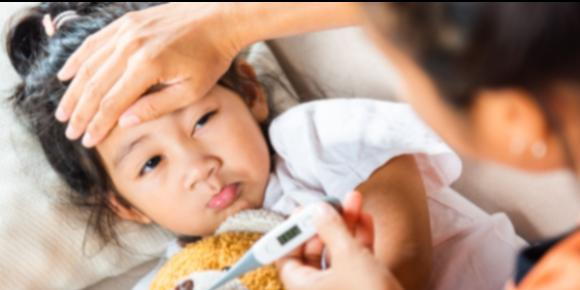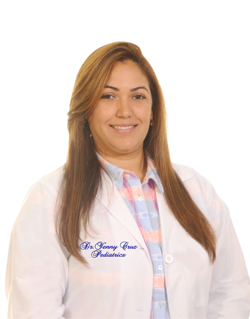
Fever is a natural response of the body to infections and illnesses. When a child has a fever, it can be worrisome for parents, but medication isn't always the first line of defense. Understanding and employing non-pharmacological approaches can provide comfort and support to your little one while also promoting their recovery. Here’s a guide to some effective, drug-free strategies to help manage your child’s fever.
1. Keep Them Cool with a Cool Compress
One of the simplest and most effective ways to help reduce your child’s fever is by applying a cool compress. Wet a clean washcloth with cool (not cold) water and gently place it on your child’s forehead, neck, and wrists. Avoid using ice-cold water, as it can cause shivering, which might actually increase body temperature.
Why this works: The coolness helps to dissipate heat from the skin’s surface. Cool compresses can be particularly soothing for children who feel hot and uncomfortable. Reapply the compress every 15-20 minutes as needed, and make sure to monitor your child’s reaction to ensure they are comfortable.
2. Maintain Proper Hydration
Fever can lead to dehydration, especially if your child is sweating a lot or has decreased appetite. Keeping your child well-hydrated is crucial in managing fever. Offer plenty of fluids such as water, clear broths, or diluted juices.
Why hydration helps: Fluids help to regulate body temperature and replace any fluids lost through sweating or increased respiration. For younger children or infants, breast milk or formula should be offered regularly. If your child is vomiting or has diarrhea, oral rehydration solutions can be particularly beneficial.
3. Dress Them Lightly
Dressing your child in light, breathable clothing is essential. Avoid heavy blankets and layers, as these can trap heat and increase body temperature. Opt for cotton pajamas or a light onesie.
Why this matters: Overdressing or bundling up can hinder the body’s natural ability to cool down. Light clothing helps the body regulate temperature more effectively and can make your child more comfortable.
4. Adjust the Room Temperature
Keep the room where your child sleeps or rests at a comfortable, cool temperature. Ideally, the room should be between 68-72°F (20-22°C). Use a fan or air conditioner to maintain a consistent, cool environment.
Why room temperature is important: A cooler room helps to maintain your child’s overall body temperature and prevents overheating. Avoid using very cold air or placing the fan directly on your child, as this can make them uncomfortable.
5. Give Them a Lukewarm Bath
A lukewarm bath can help to lower body temperature. Fill the tub with water that is neither hot nor cold—aim for a temperature around 85-90°F (29-32°C). Gently sponge your child with the water, focusing on areas such as the arms, legs, and torso.
Why lukewarm baths work: The evaporation of water from the skin surface helps to cool the body. Avoid using cold water or ice packs in the bath, as these can cause shivering and potentially raise body temperature.
6. Encourage Rest
Rest is a critical part of recovery. Ensure your child has a quiet and comfortable space to rest. Encourage them to nap or relax as much as possible. Adequate rest allows the body to focus its energy on fighting the infection and recovering from the illness.
Why rest is beneficial: When the body is fighting an infection, it requires additional energy and resources. Rest supports this healing process and can help the body return to its normal state more quickly.
7. Monitor and Assess Regularly
Keep a close eye on your child’s condition. Regularly check their temperature and watch for any changes in their behavior or symptoms. If the fever persists for more than a few days, or if your child shows signs of dehydration, persistent vomiting, or a rash, it’s important to seek medical advice.
Why monitoring matters: Early detection of any complications or changes in your child’s condition can help you get appropriate medical care sooner.
When to Seek Medical Advice
While these non-pharmacological strategies can be very effective, there are situations where professional medical help is necessary. If your child’s fever is very high (above 104°F or 40°C), or if they exhibit any signs of serious illness, consult with a healthcare provider. Similarly, infants under three months with a fever should be evaluated by a doctor.
In Summary
Managing a child’s fever doesn’t always require medication. By employing cool compresses, ensuring proper hydration, dressing them lightly, adjusting the room temperature, giving them a lukewarm bath, encouraging rest, and monitoring their condition, you can effectively support your child’s comfort and recovery. Remember, while these strategies can help manage fever, always consult with a healthcare professional for guidance tailored to your child’s specific needs.
By using these non-pharmacological approaches, you’re not only providing comfort but also supporting your child’s natural ability to heal. Stay calm and attentive, and your child will be on the road to recovery in no time!


